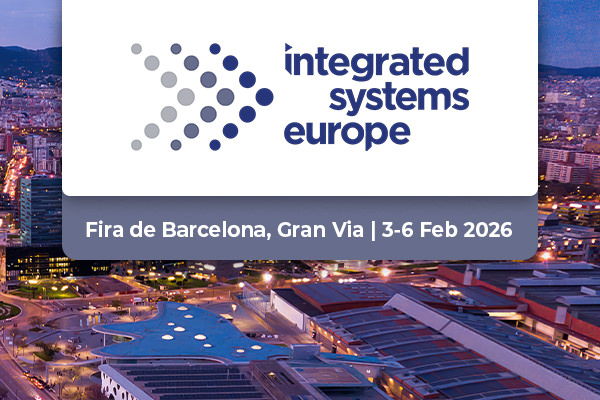
Cloud Video Interop & MS Teams Developments in Healthcare
July 6th, 2021
There has been an interesting development for Health and Social Care organisations who utilise the so-called ‘N365’ service, a joint initiative between NHS Digital and Microsoft to provide cost effective access to N365 for the UK public health sector.
N365 is comprised of a central Azure AD/O365 tenant, owned and operated by NHS Digital. It has seen a huge surge in uptake, especially in the use of Microsoft Teams in the last 18 months, largely driven by the pandemic.
Up until now however, the service has lacked Cloud Video Interop capability for Microsoft Teams; that is all set to change.
What is Cloud Video Interop (CVI)?
For those of you unfamiliar with the term, Cloud Video Interop (CVI) enables standards-based video endpoints (think Cisco Tandberg and the like) to join a Microsoft Teams meeting. It’s a couple of years old now, but this blog article by the brilliant Graham Walsh (he of ex-Pexip and current Crestron fame, MTDAMA co-host and MVP status) excellently covers what CVI is and does in more detail, should you want to find out more.
In short however, CVI allows organisations with large investments in traditional video conferencing infrastructure to utilise their existing video endpoints, whilst taking advantage of the scale and capability of Microsoft Teams for their communications and collaboration workflows, either as part of a long-term initiative, or to allow them to sweat those assets until such time as they are replaced with Microsoft Teams Rooms or Surface Hubs.
That functionality has now become a reality for consumers of the N365 service.
Pexip Infinity for CVI in the NHS
There are several providers of CVI services, namely Poly, Pexip, BlueJeans and Cisco, and it was rumoured that NHS Digital were looking at Pexip Infinity to provide CVI functionality for their customers.
That certainly seems to be the case, as dialling the newly available VTC IVR address gives you the default ‘fjord’ lobby background image provided by Pexip when the call is established, along with the familiar audio prompt to enter the meeting number.
For the majority of Health and Social Care organisations utilising N365, this is going to be of particular interest, given the vast amount of standards-based video endpoints currently deployed, and budgets that seem to range between stretched and non-existent.
Additionally, many healthcare settings have come to rely on the advanced features available to standards-based video infrastructure for patient care such as 4K video output, and greater flexibility on microphone and speaker equipment for high-definition audio, as well as highly diverse content ingest capabilities enabling things like primary and acute care systems (PACS) and specialist medical equipment to become the focus of the meeting.
However (there’s always a ‘however’ isn’t there?), it’s important to keep in mind that there are some key points around how this service is going to work, and what IT staff will need to do in order to ensure their end-users can utilise the service effectively in their communications and collaboration workflows, especially those involving patient care pathways.
In my next post I will explore these key points and explain how Cinos’ Managed MDT Service helps bring the worlds of standards-based video, and best-in-class collaboration of Microsoft Teams together.
Continue reading part 2 of this article: Key Points for IT Staff as NHS Digital Deploys Cloud Video Interop (CVI) Services.




